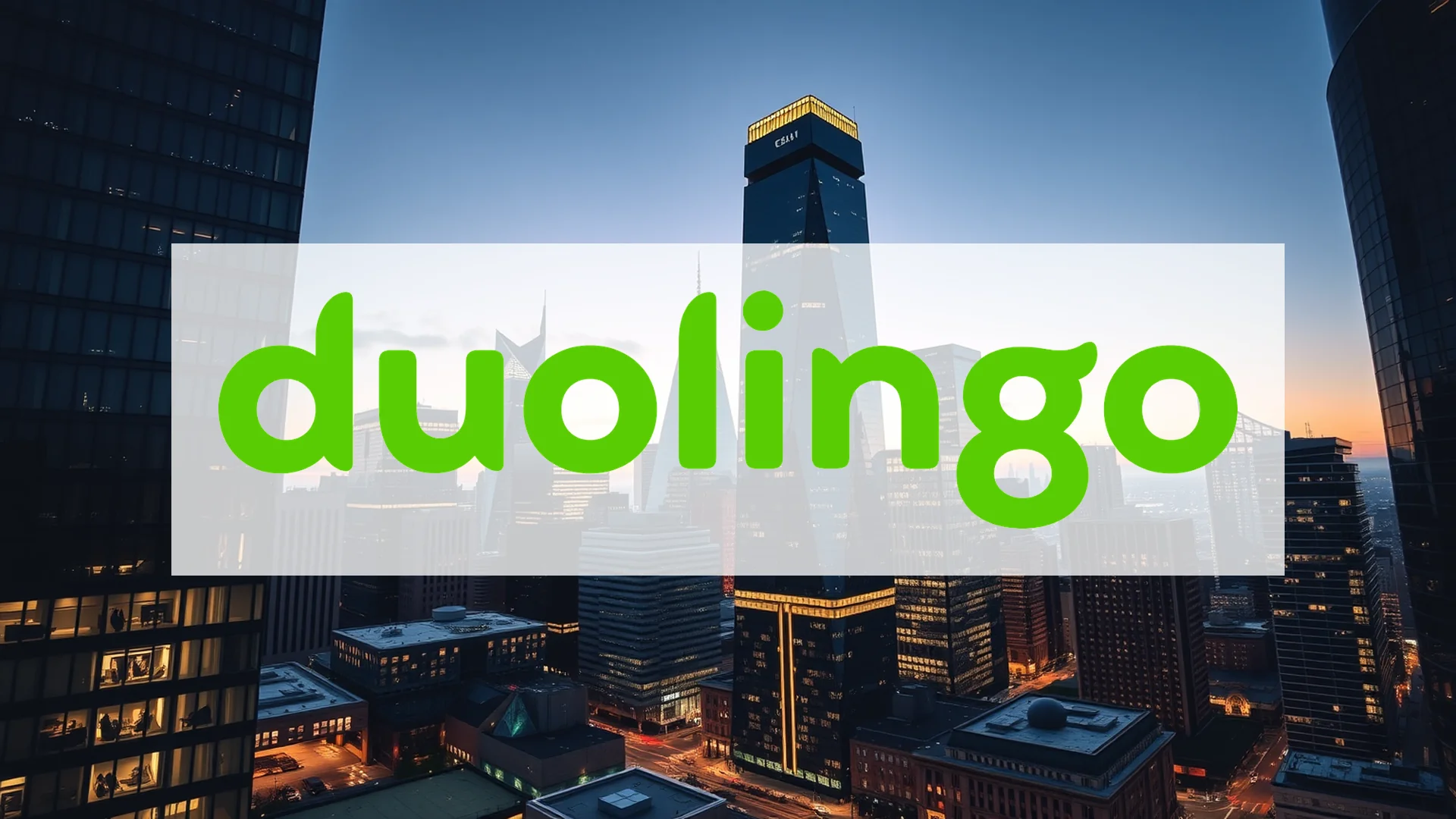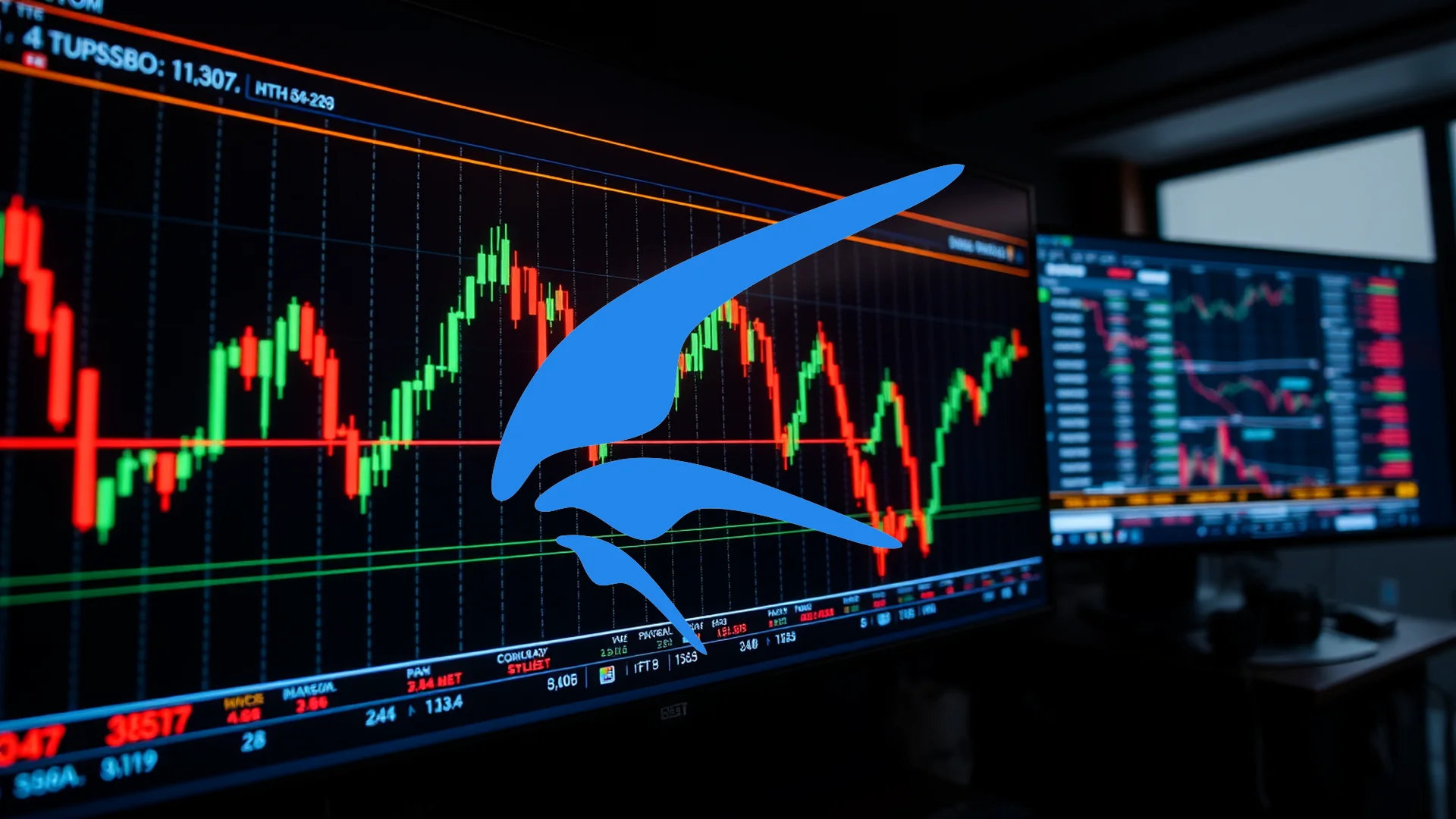The investment community appears deeply divided on the outlook for Duolingo Inc (DUOL), creating significant uncertainty around the language-learning platform’s equity valuation. This fundamental disagreement stems from a critical question: can the company maintain its impressive growth trajectory against an expanding field of artificial intelligence-powered competitors?
Conflicting Analyst Assessments Create Volatility
Market experts delivered directly opposing views this Monday, highlighting the stark divide in sentiment. Wells Fargo initiated coverage with a concerning “Underweight” rating, assigning a price target of just $239—significantly below the stock’s previous closing price of $271.18. In a contrasting move, Baird R.W. upgraded its stance to “Hold” and established a more optimistic $280 price objective. These conflicting recommendations underscore the prevailing uncertainty on Wall Street regarding Duolingo’s future prospects.
Strong Fundamentals Versus Emerging Threats
The skepticism among some analysts originates from growing competitive pressures. Since D.A. Davidson downgraded the stock from “Buy” to “Neutral” on September 4 while dramatically slashing its price target from $500 to $300, concerns about AI competition have weighed heavily on investor sentiment. The emergence of sophisticated tools like Google Translate and other AI-driven language applications presents a tangible threat to Duolingo’s established business model.
This cautious outlook exists despite the company’s exceptionally strong quarterly results announced in August, which demonstrated robust performance across key metrics:
– Earnings per share of $0.91, substantially exceeding the $0.55 consensus estimate
– Revenue growth of 41.5%, reaching $252.27 million
– A 40% increase in daily active users
– Subscription revenue climbing 46% higher
Should investors sell immediately? Or is it worth buying Duolingo Registered (A)?
Institutional Investors Display Mixed Sentiment
The divergence in opinion extends to major institutional stakeholders, suggesting sophisticated investors remain uncertain about the company’s direction. Alliancebernstein notably reduced its position by 8.8% during the first quarter, a significant move given the company’s solid operational performance. However, other institutional players including Invesco and T. Rowe Price increased their holdings during the same period, indicating a fragmented assessment among professional money managers.
Strategic Positioning for an AI-Driven Future
Duolingo management is actively addressing competitive challenges through strategic initiatives and technological adaptation. The July acquisition of music-learning startup NextBeat, coupled with ongoing integration of artificial intelligence capabilities into its platform, demonstrates the company’s commitment to innovation. The central question for investors remains whether these efforts will sufficiently differentiate Duolingo’s offering and sustain its historical growth pattern.
Despite current uncertainties, the average analyst price target of $430.72 suggests many market experts still see substantial upside potential. Until the next quarterly report in November provides clearer directional signals, the stock will likely continue experiencing heightened volatility as bulls and bulls debate its future trajectory.
Ad
Duolingo Registered (A) Stock: Buy or Sell?! New Duolingo Registered (A) Analysis from December 10 delivers the answer:
The latest Duolingo Registered (A) figures speak for themselves: Urgent action needed for Duolingo Registered (A) investors. Is it worth buying or should you sell? Find out what to do now in the current free analysis from December 10.
Duolingo Registered (A): Buy or sell? Read more here...










